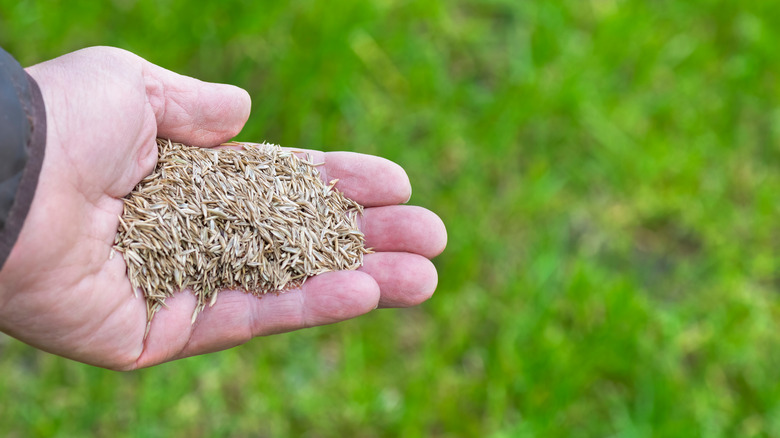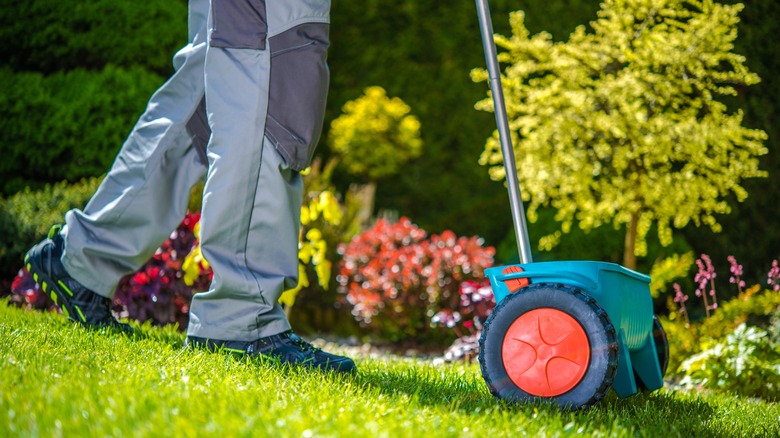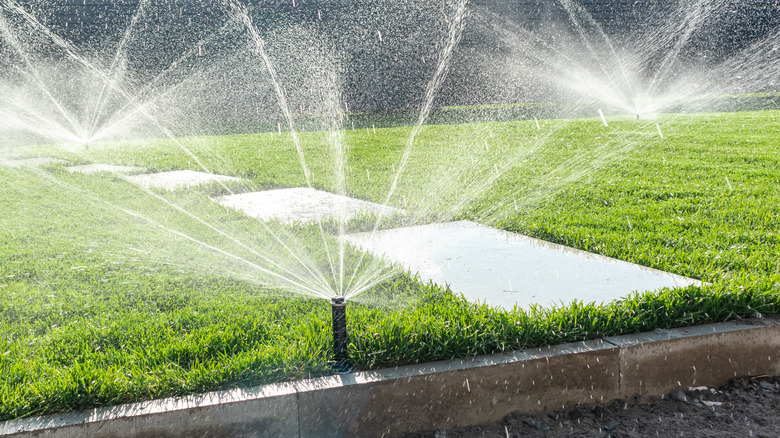The Way You Lay Grass Seed May Make Your Lawn Patchy
A perfect yard covered in green grass is what many homeowners strive for, but it can take more work to grow than expected. Often times it grows in patchy, leaving unsightly spots of soil exposed. How you lay your seeds can make a massive difference in the final outcome. You want to make sure that you create a crisscross pattern in your yard to ensure that every spot is evenly covered with seeds. Then you need to water it thoroughly as they sprout into a lush lawn.
When you're planning to start your lawn, the first thing you should do is decide which one to grow. There are two different types of grass with their own varieties. They are categorized according to the weather they need to thrive and will require you to lay the seeds at different times of the year. The first is warm-season grass which needs a lot of sun and looks best in the summer. If this is the right kind for you, it must be planted after your area's last frost date. Then there are cool-season grasses that will keep their vibrant green blades through the fall. This type doesn't do as well when the weather gets too hot. For these varieties, you should sow the seeds before your last day of frost. Once you've picked the right type of grass seed, it's time to spread them evenly over your lawn.
Drop your seeds in a crisscross pattern
How you sow your grass seeds is very important. You don't want to just toss them around your yard without paying attention. Doing this can leave your lawn patchy, and no one wants that after putting in all the hard work for it to look nice. Using a drop spreader will make the process easier, but you can still get good results by doing it by hand. If you choose that method, make sure you throw the seeds at an angle so you can see where they're going.
The trick is that you want to create a crisscross pattern. First, check the packaging for the grass seed you've selected, because different types will have their own rate written down for how to spread the seeds. Then you want to split the package in half. With the first portion, you're going to distribute it walking up and down your yard. Then use the other half to go left and right. You ensure the seeds are spread evenly by going over the area in different directions. That way, there won't be any super dense spots or completely bare patches. After you've laid all your grass seeds, remember to loosely rake them into the soil.
Don't forget to water your lawn and use fertilizer
Remembering to water and fertilize your lawn is just as important as how you seed it. All your work to evenly sow your grass will be for nothing if you don't take care of it as it germinates and grows. Water your lawn right after you're done spreading the seeds. Doing this helps kickstart the germination process. The proper way to add moisture to your yard is by soaking the earth until you see the soil change color. It'll become darker as it absorbs the water. However, you don't want to apply so much that there are puddles.
You should continue to water your lawn at least once a day; you may need to increase the frequency depending on the weather in your area. Soon you'll see little seedlings peeking out of the soil. This means it's time to increase the amount of moisture you give them. Since they're so young, they don't have a root system developed enough to hold onto lots of liquid. After they've grown around 2 to 3 inches tall, you won't have to water them as frequently. About every other day should be enough. Then it'll be time to fertilize your grass to help it establish strong green growth and healthy root systems. A high-quality turf fertilizer is the best option and should be used about twice a year.


